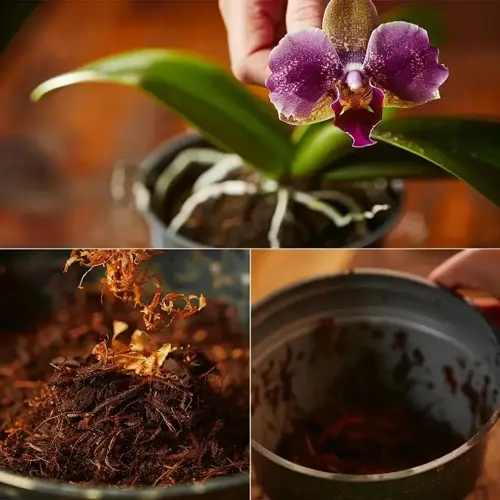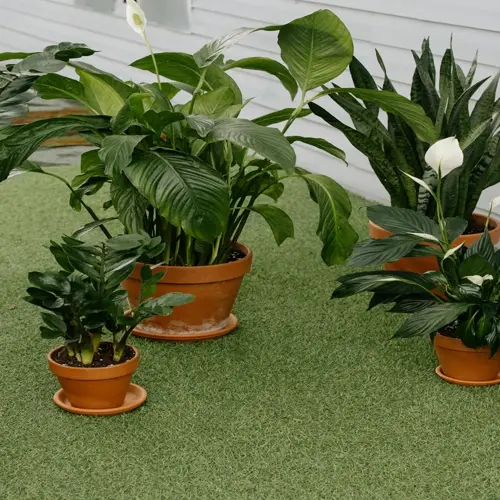How do I identify lawn fungus versus other damage?

Written by
Michael Sullivan
Reviewed by
Prof. Martin Thorne, Ph.D.Recognizing lawn fungus from other damage to avoid ineffective treatments that can exacerbate the problem. Fungus produces predictable growth patterns. Pests or mechanical damage leave different evidence. I specifically assist homeowners with identifying the issue properly so they can avoid expensive errors.
Fungal patterns include circular rings with smoky borders that are visible in morning dew. Cotton-like mold appears during periods of high humidity, whereas pest damage is typically not present. Fungal spots also spread with moisture, while physical damage remains localized. Observing these visual clues leads to the correct diagnosis.
Fungal Indicators
- Circular patterns expanding outward with defined edges
- Cottony growth during humid conditions especially at dawn
- Smoke rings temporary grayish borders in morning dew
- Worsening with rain spreads rapidly after precipitation
Pest Damage Signs
- Chewed blades showing irregular bite marks along edges
- Visible insects like grubs under turf or caterpillars at night
- Silk webbing from sod webworms connecting grass blades
- Animal activity birds digging or raccoons rolling turf
Physical Stress Clues
- Pressure patterns matching footprints or equipment shapes
- Sunscald lines where objects blocked light unevenly
- Chemical burns showing straight edges near spill areas
- Drought lines following irrigation coverage gaps
Diagnostic tests confirm suspicion. The soap flush will purge any hidden armyworms to be revealed. Grasses that can be pulled/tugged can also show any root damage caused by grubs. Lastly, moisture response tests will demonstrate mycelial growth doubling by watering, which is different than physical damage.
The microscopic examination will reveal fungal structures that are invisible to the naked eye. Use a 10x magnifier on the affected blades. The microscopic examination will reveal tiny spores or filamentous hyphae, which will identify the organism as a fungus. Check for the presence of any (physical damage), cuts are clean, pest (damage) has jagged edges.
Monitor weather conditions during the outbreak. Fungal diseases thrive above 70 degrees Fahrenheit and in high humidity, while pests prefer moderate temperatures. Tracking weather patterns can help plan for preventive strategies. Accurate identification leads to correct solutions so that we can bring the chance of recovery back sooner.
Read the full article: Brown Patches Lawn: Causes and Solutions

